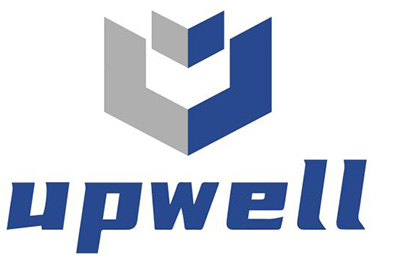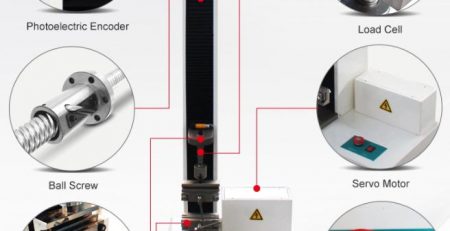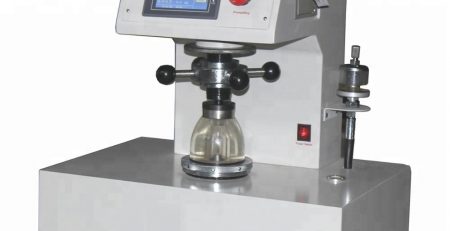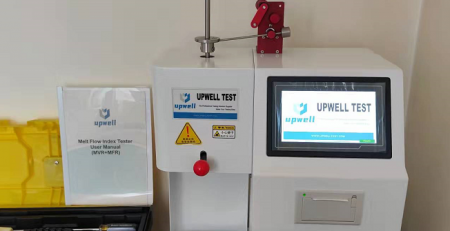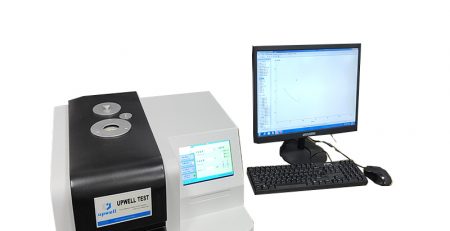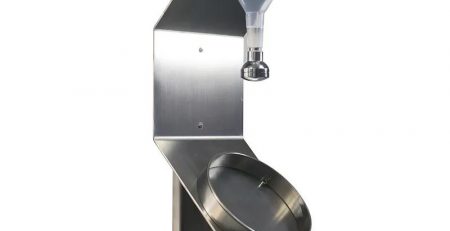- First, consider the need to test the tensile force range of the material.
The difference of the pulling force range determines the different sensors used, which also determines the structure of the pulling machine, but this item has little effect on the price (except for the door type). For general flexible packaging manufacturers, a pulling force range of 100 Newtons is sufficient. Therefore, it was decided to adopt a single-arm type. The structure corresponding to the single-arm type is the door type structure, which is suitable for relatively large pulling forces, such as one ton or more. Therefore, flexible packaging manufacturers basically do not need it.
2, the problem of test stroke.
According to the performance and requirements of the flexible packaging film, the stroke is only 600-1500mm. If the elongation of the material exceeds 1000%, the stroke 1000 or 1200mm can be selected.
3. The standard configuration problem.
Three basic configurations of intelligence: host, microcomputer, and printer. If the microcomputer is powerful, you can print directly. It can also be equipped with an ordinary computer. With a computer, you can perform complex data analysis, such as data editing, partial enlargement, adjustable report format, and group style statistical analysis. If equipped with a computer, the manufacturer should add the corresponding control system.
4. Output the result.
The test result output result can be arbitrarily set: maximum force value, elongation rate, tensile strength, constant elongation, constant elongation force value, yield strength, elastic modulus, maximum test force 8 items. This can be said to be the most comprehensive result output during microcomputer operation. The products of some foreign manufacturers can generally export these 8 items. Some domestic manufacturers can output 5-6 items, and some manufacturers can only output the maximum force value, the average value, and the minimum value.
5. On experimental items.
Flexible packaging requires a multi-purpose tensile machine, that is, with different fixtures, it can be used for tensile, compression, bending, tearing, shearing, 180-degree peeling, and 90-degree peeling tests. In addition to the above items, there are some high-end tensile machines on the market because of their high sensor accuracy (some up to 1/350 thousand) and can also test the friction coefficient.
6. Main configuration of product machinery:
transmission, there are screw transmission and rack transmission, the former is expensive, used for high precision, high test repeatability; the latter is cheap, used for low precision, low test repeatability. The lead screw plays a decisive role in the measurement of tensile force accuracy. Generally, there are ball screws, trapezoidal screws, and general screws. Among them, the ball screw has the highest accuracy, but its performance depends on the operation of the computer servo system, and the whole set is more expensive. The precision required by flexible packaging, namely 0.1-1% precision, can be achieved by using general lead screws and trapezoidal lead screws. Transmission includes gear transmission and chain transmission. The former is expensive and is used for high precision; the latter is cheap and is used for low precision. The main cost of the sensor is the life span. Photoelectric sensing is one of the more advanced technologies, which can generally be used for more than 100,000 times. Imported and domestic joint ventures can achieve better technology. Jiangdu Tianyuan Testing Machinery Co., Ltd.
7. Test speed.
Some of the equipment on the market is 10~500 mm/min, and some are 0.001~500 mm/min. The former generally uses ordinary speed control systems, which have lower cost and roughness affects accuracy; the latter uses servo systems, which are expensive and have high accuracy. For flexible packaging companies, it is sufficient to use a servo system with a speed range of 1~500mm/min, so that it does not affect the accuracy and the price is within a reasonable range.
8. Measurement accuracy.
Precision issues, including force measurement accuracy, speed accuracy, deformation accuracy, and displacement accuracy. These accuracy values can reach up to plus or minus 0.5. But for general manufacturers, 1% accuracy is sufficient. In addition, the resolution of the force value can almost reach a tensile machine of 400,000 parts.
